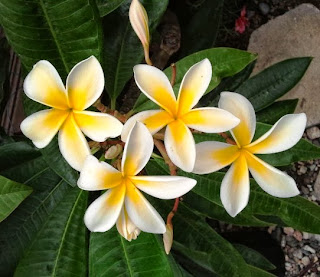Seekali Pranayama is one of the best
breath control or prana control techniques in lowering blood pressure. This pranayama is closely related to Sheetali
Pranayama as they even sound alike. Both
of these pranayama helps in reducing stress, calming your mind and body so that
you can enjoy calm, peace and tranquility.
TECHNIQUE:
1. Sit in a comfortable seated position
2.
Close your eyes, hands in drona mudra
3.
Elongate your spine, lengthen your neck, and place a slight chin lock
4.
Inhale 5 long, deep breaths through the nose
5.
Bring your teeth together; gently pull the lips back exposing your teeth
6.
Slowly inhale deeply let the air pass through your teeth
7.
Be mindful and notice the air passing through the teeth making a hissing
sound
8.
Close your mouth and exhale slowly and completely through the nose.
.
Note: Each inhalation and exhalation is counted as
one round. Do 10 rounds and build it up
to 25 then to 50.
The main difference between Seekari
and Seetali is how you breathe in the air.
Seekari – air passes through your
teeth.
Seetali – air passes through your
curled tongue.
BENEFITS:
- Helps reduce blood pressure
- Cools the mental, physical and emotional systems
- Reduces stress, anger and irritation
- Helps you enjoy calm, peace and tranquility
- Reduces fever
- Helps induce sleep
CAUTION:
Do
not practice if you have cold or respiratory related condition
Namaste -- Cathi







